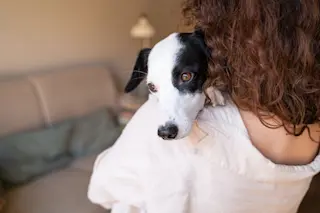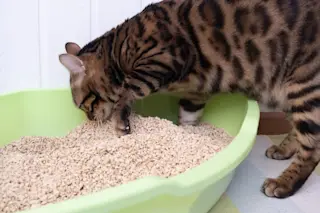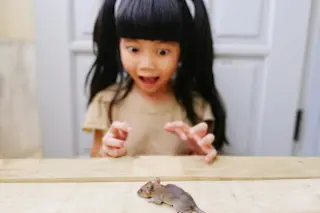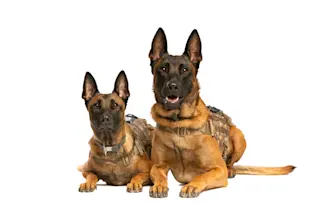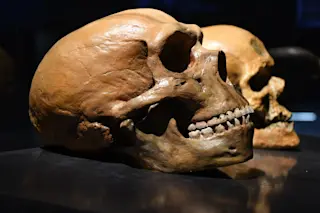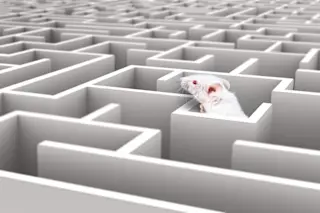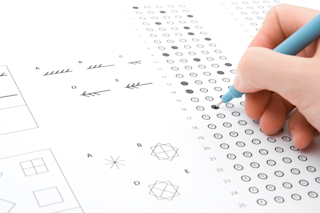I had been thinking about doing work on optical illusions with Alex ever since I was at the MIT Media Lab. In the summer of 2005, I teamed up with Patrick Cavanagh, a psychology professor at Harvard, to put the idea into practice. The human brain plays many tricks on us, so we sometimes see things not as they are. Patrick and I planned to ask a simple but profound question: Does Alex literally see the world as we do? That is, does his brain experience the optical illusions just as our brains do?
I envisaged this work as the next horizon in my journey with Alex, beyond naming objects or categories or numbers. Bird and human brains diverged evolutionarily some 280 million years ago. Does that mean that bird and mammalian brains are so different structurally that they operate very differently, too?
Until a landmark paper [pdf] by Erich ...



